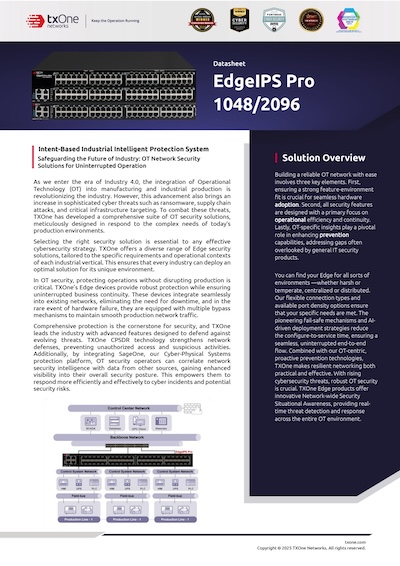Overview
UNC3886 is a state-sponsored advanced persistent threat (APT) group first identified by Mandiant in 2022. Believed to be linked to China, UNC3886 has been active since at least 2021, conducting highly targeted cyber espionage operations against critical infrastructure and virtualized environments worldwide—with a strategic focus on Asia and North America.
Targeted Sectors and Impact
UNC3886’s targets span vital sectors integral to national security and economic stability, including:
- Energy
- Water
- Telecommunications
- Finance
- Healthcare
- Government
- Transportation
Their operations aim to establish long-term surveillance footholds, exfiltrate sensitive data, and position themselves to potentially disrupt infrastructure operations.
Tactics, Techniques, and Procedures (TTPs)
UNC3886 leverages sophisticated attack methodologies, including:
1. Exploitation of zero-day vulnerabilities in widely used infrastructure products:
-
- Fortinet (CVE-2022-41328, CVE-2022-42475)
- VMware vCenter/ESXi (CVE-2023-34048, CVE-2023-20867)
- Juniper routers (CVE-2025-21590)
2. UNC3886 deploys a range of malware and rootkits, including REPTILE, MEDUSA, MOPSLED, VIRTUALSHINE/PIE, LOOKOVER, and CASTLETAP. These payloads are designed to evade detection, maintain persistence, and facilitate lateral movement across segmented environments.
3. Their operations often feature:
-
- Credential harvesting
- Log tampering
- Multi-stage persistence
- Use of legitimate platforms (e.g., GitHub, Google Drive) for command-and-control
Recent Campaigns and Incident Response
Singapore Critical Infrastructure – July 2025
Singapore officially attributed recent cyber espionage and disruption of its critical infrastructure to UNC3886. This marked a significant policy shift, highlighting the scale and seriousness of the threat. China has publicly denied involvement.
The Fire Ant Campaign – Early 2025
Cybersecurity firm Sygnia identified a campaign—codenamed Fire Ant—that demonstrated hallmarks of UNC3886’s tactics. The operation focused on exploiting VMware vCenter and ESXi, signaling the group’s continued focus on virtualized environments.
Defensive Strategies and Mitigation Measures
Organizations should adopt a multi-layered defense strategy to counter UNC3886’s sophisticated techniques:
1. Patch Management:
-
- Immediately apply vendor patches for known vulnerabilities (e.g., CVE-2022-42475, CVE-2023-34048).
- Use tools like Juniper’s JMRT to verify device integrity post-remediation
2. Enhanced Monitoring:
-
- Monitor VMware Directory Service (vmdird) crash logs and hypervisor activity for anomalies.
- Analyze outbound traffic to detect suspicious connections to platforms used for C2, such as GitHub and Google Drive.
3. Credential and Access Control:
-
- Enforce Multi-Factor Authentication (MFA).
- Rotate admin credentials on a regular basis.
- Isolate virtual environment management interfaces from general user access.
4. Continuous Threat Detection and Response:
-
- Implement IDS rules tailored to detect UNC3886 malware and behavior patterns, and update the indicators of compromise (IOCs).
- Maintain updated threat intelligence feeds to stay ahead of evolving tactics.
5. Support from TXOne Products
TXOne provides updated Intrusion Prevention System (IPS) signatures in the Edge product line to detect and mitigate threats associated with UNC3886, and updates the IoC in our endpoint security solution, Stellar.
-
-
Security Rules for EdgeIPS (will keep updating once available)
Rule ID Rule Name CVE 1234109 EXPLOIT VMware vCenter Server DCERPC Authentication Pointer Use of Out-of-range Pointer Offset (CVE-2023-34048)
CVE-2023-34048 1232132 WEB Fortinet FortiOS SSL VPN Heap Buffer Overflow (CVE-2022-42475) CVE-2022-42475
-
-
-
Security Rules Exclusively for EdgeIPS Pro
Rule Name Trojan.Linux.TINYSHELL.THGBABE
-
-
-
IoC Hash for Stellar
IoC 1893523f2a4d4e7905f1b688c5a81b069f06b3c3d8c0ff9d16620468d117edbb
-
Conclusion
UNC3886 exemplifies the growing threat of state-sponsored cyber espionage targeting critical infrastructure. Their operations blend zero-day exploits, custom malware, and stealthy persistence to create long-term risks for governments and enterprises alike. Organizations must adopt proactive, layered cybersecurity strategies—supported by real-time threat intelligence and robust detection—to safeguard their digital and operational assets against this formidable adversary.





